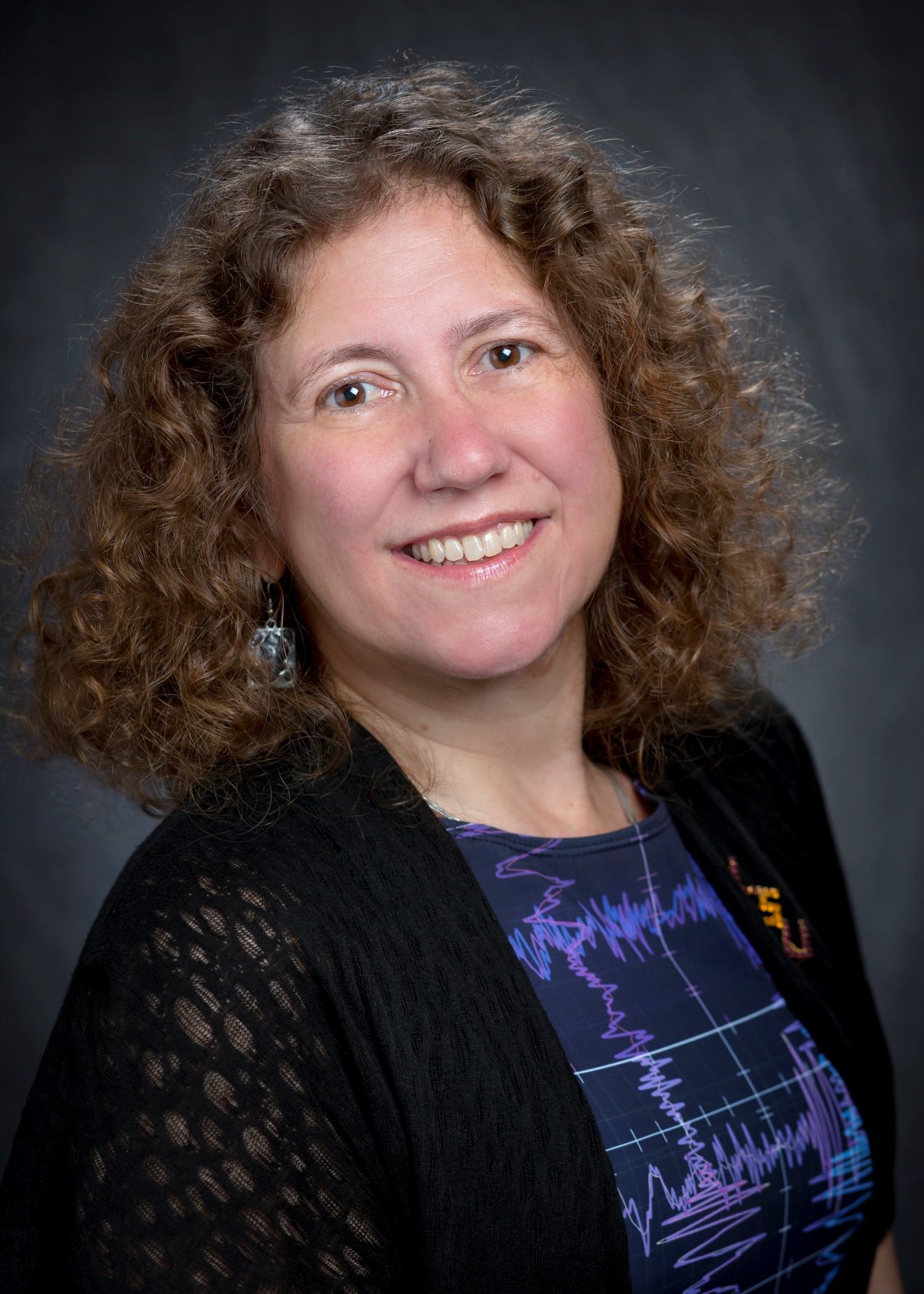
102 Cardwell Hall
The first detection of gravitational waves in 2015 by the LIGO detectors, created by the merger of black holes more than a billion years ago, was followed by several other signals from black holes. In 2017, the merger of neutron stars was detected by LIGO and Virgo detectors and by the Fermi telescope, and was followed by many electromagnetic observations. A new era of gravitational wave astrophysics has started with very bright prospects for the future. We will describe the technology involved in the LIGO gravitational wave detectors, details of the latest discoveries and the exciting prospects for more detections in the next years.
Gabriela González is a physicist working on the discovery of gravitational waves with the LIGO team. She was born in Córdoba, Argentina, studied physics at the University of Córdoba, and pursued her Ph.D. in Syracuse University, obtained in 1995. She worked as a staff scientist in the LIGO group at MIT until 1997, when she joined the faculty at Penn State. In 2001 she joined the faculty at Louisiana State University, where she is a professor of physics and astronomy. She has received awards from the American Physical Society, the American Astronomical Society and the US National Academy of Sciences, and is a Fellow of the Academy of Arts and Sciences and a member of the National Academy of Sciences. She has been a member of the LIGO Scientific Collaboration since it was funded in 1997, served as the elected LSC spokesperson in 2011-2017, and is known for participating in the announcement of the discovery of gravitational waves in 2016. Her work has focused on LIGO instrument development (especially reducing noise sources and tuning alignment systems) and LIGO data calibration and diagnostics, critical to increasing the astrophysical reach of data analysis methods.